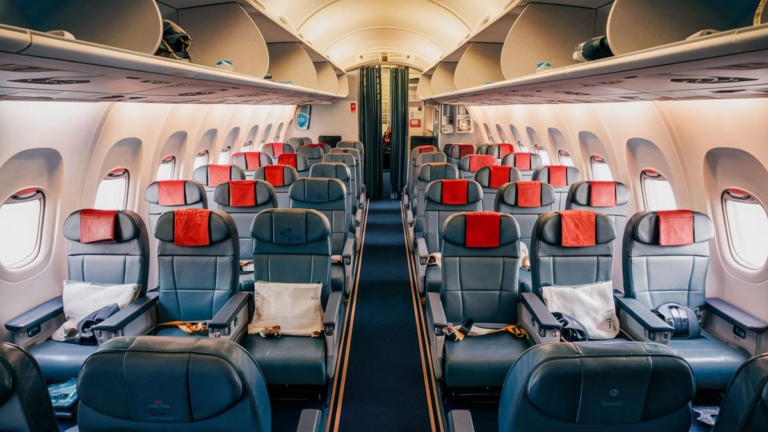When it comes to flying, safety is paramount for every passenger. One common question that often arises is whether the back of the plane is the safest place to be in case of an emergency. Let’s delve into this topic to understand the factors at play.
Seat Location and Safety
Traditionally, there has been a prevailing belief that seats located towards the rear of the aircraft may offer better chances of survival in the event of a crash. This notion stems from historical incidents where some passengers seated at the back survived while those seated towards the front did not. However, it’s essential to analyze this belief critically.
Aircraft Design and Safety Measures
Modern aircraft are meticulously designed with safety in mind. They undergo rigorous testing and adhere to stringent safety regulations enforced by aviation authorities worldwide. From reinforced cabin structures to advanced evacuation procedures, various safety measures are implemented to maximize passenger protection regardless of seat location.
Impact Dynamics
During a crash, the dynamics of impact can vary depending on numerous factors, including the type of accident, speed, angle of impact, and structural integrity of the aircraft. While it’s true that certain seats may experience less impact force in specific scenarios, it’s not a guarantee that passengers seated there will fare better in every situation.
Evacuation Considerations
Another aspect to consider is the evacuation process. Passengers seated towards the rear may have easier access to emergency exits located at the back of the aircraft. However, evacuation efficiency depends on various factors such as passenger awareness, crew coordination, and the severity of the emergency.
Seat Selection Tips
While the safest seat on an aircraft cannot be definitively determined, passengers can take certain precautions to enhance their safety:
- Follow crew instructions diligently during pre-flight safety briefings and in-flight emergencies.
- Choose seats that provide easy access to emergency exits.
- Ensure seat belts are securely fastened at all times during flight.
- Be prepared for emergencies by familiarizing yourself with the nearest exits and evacuation procedures.
Ultimately, the notion that the back of the plane is inherently safer may not hold true in every situation. Aircraft safety is a complex interplay of design, regulations, and operational procedures aimed at protecting passengers regardless of their seat location. While passengers can take steps to enhance their safety, it’s crucial to trust in the comprehensive safety measures implemented by airlines and regulatory authorities.
Frequently Asked Questions
Here are some common queries related to aircraft safety and seat selection:
| Question | Answer |
|---|---|
| 1. Is the back of the plane really safer in an emergency? | While historically some incidents have shown survivors seated towards the rear, modern aircraft safety features and evacuation procedures aim to protect all passengers regardless of seat location. |
| 2. Are there any specific seats that offer the highest level of safety? | The safety of a seat can vary depending on the nature of the emergency. Seats with easy access to exits are generally considered preferable. |
| 3. How important is it to follow crew instructions during emergencies? | Following crew instructions diligently can significantly improve the chances of a safe evacuation and overall passenger safety. |
| 4. Can passengers enhance their safety beyond seat selection? | Yes, passengers can improve their safety by familiarizing themselves with emergency procedures, keeping seat belts fastened, and staying alert during flight. |
Aircraft Design and Passenger Safety
Advanced engineering and safety protocols ensure that modern aircraft are equipped to handle various emergency scenarios, prioritizing passenger safety.
Emergency Preparedness
Being prepared for emergencies goes beyond seat selection. Passengers should mentally rehearse evacuation procedures and stay informed during pre-flight safety briefings.
Regulatory Standards
Stringent regulations set by aviation authorities ensure that airlines adhere to safety standards, from aircraft design to crew training, contributing to overall passenger safety.
See also:






